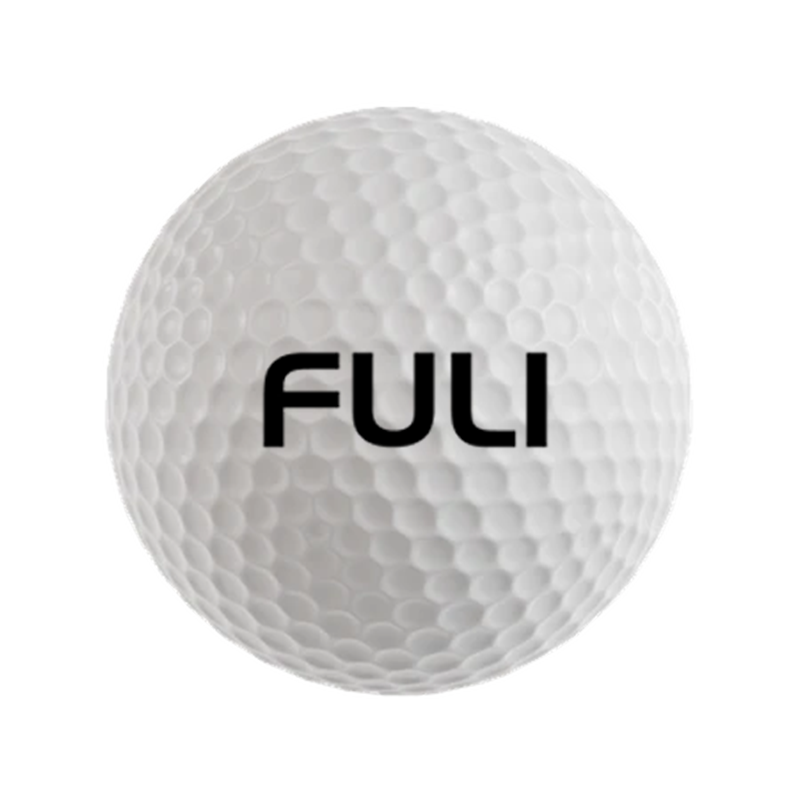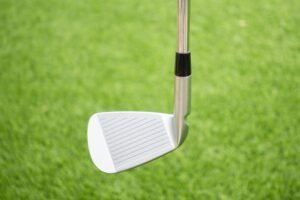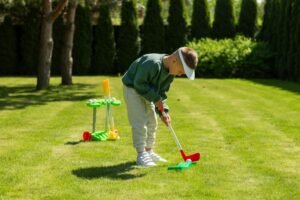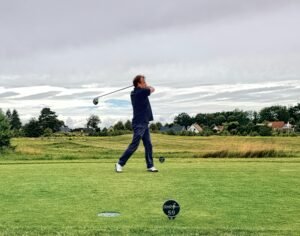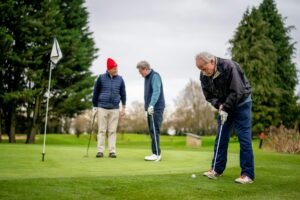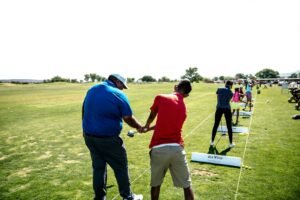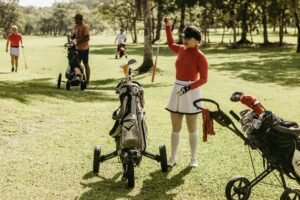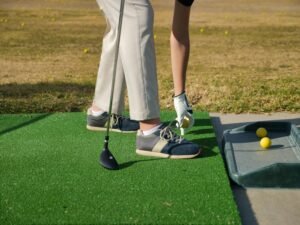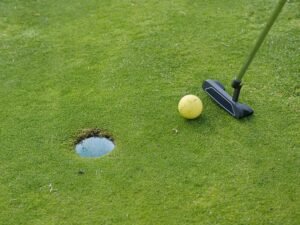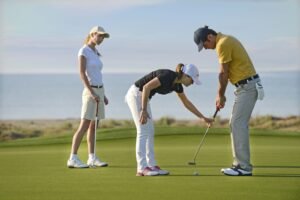
I hope you enjoy reading this blog post.
If you are looking professional golf manufacturer.
Sports Rehabilitation Training For Golfers: Equal Emphasis On Recovery And Prevention
April 11, 2025
With its unique elegant charm and strategic competitive challenges, golf has attracted countless fans to participate in it. On the green grass course, seemingly leisurely swings and pleasant walks. It’s constant pressure on all parts of the body.
During long-term and frequent golf, there is a higher risk of injury to the waist, shoulders, wrists, knees and even the neck. For professional golfers and amateur golfers, master a set of effective sports rehabilitation training methods. It’s like putting on a solid “protective armor” for your body.
This will not only help speed up recovery after injury and get back on the field. It can prevent injury from the root cause in daily training and fierce competitions, and ensure that every stroke is safe and smooth.
Lumbar Rehabilitation Training
The waist is the “core hub” of the golf swing. Every time the force is twisted, it is under huge torque and pressure, and it is easy to damage. As a classic movement of waist rehabilitation training, the effect is remarkable.
The player starts in a standard position on all fours, with his hands precisely positioned just below his shoulders. Like the foundation stone of a stable building, it provides stable support for subsequent actions. The knees are firmly under the hips, forming a stable triangle structure.
As you inhale, slowly sink your back, raise your head, look up at the ceiling, and relax your stomach toward the floor. At this time, the waist muscles gradually stretch and elongate in the stretch.
On the exhale, arch your back like a smart cat, tuck your chin into your chest, and contract your waist muscles. Repeat this breath 10 to 15 times. It can effectively enhance the flexibility and strength of the waist muscles, and disperse the long-term accumulation of fatigue and tension in the waist.
Supine kneeling belly is also the effective measure of waist rehabilitation training. Players lie flat on a soft and comfortable yoga mat, knees bent, feet firmly on the ground, like the roots of the earth, to provide stable support for the body.
Gently tuck your hands behind your head and engage your core abdominal muscles. Slowly lift your upper body as close to your legs as possible, feeling a strong contraction of your abdominal muscles.
Then decrease at a slow and steady rate, 10 to 15 times per set, for a total of 3 sets. The beauty of this move is that it strengthens the core muscles in the abdomen. It creates a solid “protective barrier” for the waist.
When the core muscles are strong enough, they can effectively share the pressure on the lower back during golf. It greatly reduces the risk of lower back injury and makes the golfer more confident and calm in his swing.
Shoulder Rehabilitation Training
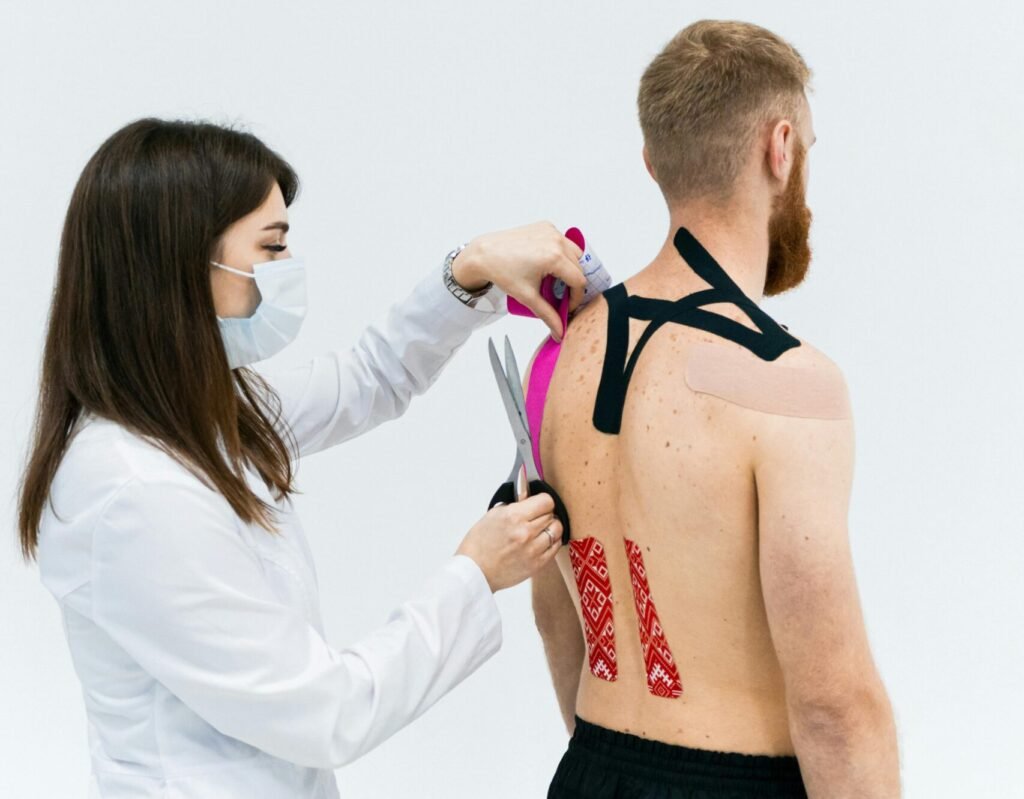
In golf swing, the shoulders need to coordinate a series of complex and fine movements. From the extension on the lead, to the inner spin on the down swing, to the backstretch on the moment of the shot.
Each movement puts high demands on the flexibility and stability of the shoulder, which also makes the probability of shoulder injury quite high. Wall angel training is an effective way to improve shoulder posture and mobility. The player stands with his back against a wall, feet shoulder-width apart, and the posture standard is like that of a soldier to ensure stability.
Keep your arms straight and firmly against the wall, and slide your hands slowly up the wall. Keep your arms, shoulders, and back close to the wall as much as possible. It’s like your body is drawing a perfect straight line on the wall.
Repeat this movement 10 to 15 times to gradually correct the poor shoulder posture formed during daily activities and golf. To restore the shoulder to the correct mechanical position, effectively prevent shoulder injury.
Rotator cuff stretching is an indispensable part of shoulder rehabilitation training. In a standing position, the player crosses his hands behind his body and firmly holds the ends of the towel or yoga belt.
It’s like holding the key to a healthy shoulder. Keeping your arms straight, pull the towel or yoga band up slowly. You can feel the gentle stretching of the rotator cuff muscles deep in your shoulders.
Hold each stretch for 15 to 30 seconds, a total of 3 to 5 sets, long-term persistence can effectively enhance the flexibility of the rotator cuff muscle group.
Good flexibility of rotator cuff muscles, can better function in the golf swing. Improve shoulder stability and reduce the risk of swing errors and injuries due to shoulder problems.
Wrist Rehabilitation Training
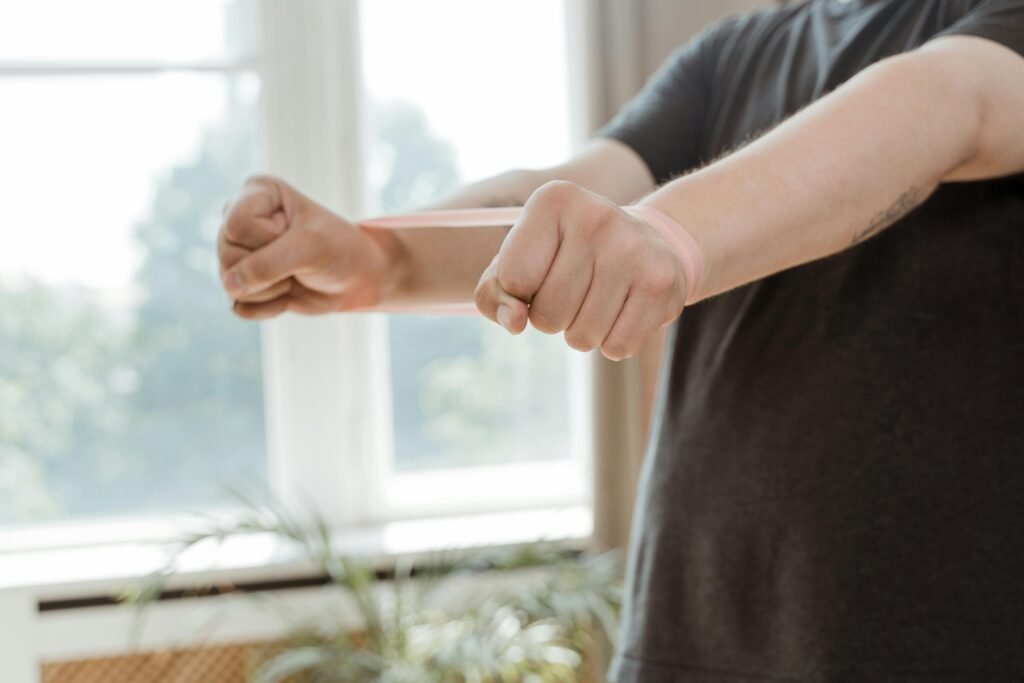
At the moment of hitting the ball, the wrist bears the huge impact of the collision between the club and the ball. This high intensity impact makes the wrist prone to sprain, tenosynovitis and other problems.
Wrist stretching exercises are a great way to relieve tension in your wrist muscles. The player sits in a chair, placing his arms smoothly on the table, palms down, like a calm lake. Use your other hand to gently pull your wrist toward your body.
At this time, you can deeply feel that the muscles on the back of the wrist are gradually elongated, and the tension slowly dissipates. Then, flip your palms up and repeat. Stretch the palm side of the wrist, so that the muscles of the palm side of the wrist are fully relaxed and stretched. Hold each movement for 15 to 30 seconds and do 3 to 5 sets to build a strong defense for wrist health.
Wrist rotation training aims to enhance the flexibility and stability of the wrist. Also sit in a chair with your arms hanging down and a light weight dumbbell or water bottle in your hand.
Choosing the right weight is crucial, too much weight can cause wrist injury, too little will not achieve the training effect. It is generally recommended to start with a 0.5 to 1 kg dumbbell or a 500 ml water bottle filled with water.
Rotate your wrists at a slow, even speed, 10 to 15 times each in a clockwise and counterclockwise direction. During the rotation process, all directions of the wrist joint can be fully exercised.
Joint fluid lubricates the joints better and makes the wrist joints more flexible. It can better adapt to the complex and changing action needs of golf shots.
Knee Rehabilitation Training
The frequent shift of weight during standing, walking, and swinging in golf puts heavy pressure on the knee, making it the body’s “stress concentration zone.” Sitting leg flexion and extension training is an effective means to strengthen the muscles around the knee joint.
The player sits in a chair, legs straight, toes hooked, as if preparing for the “leg challenge” that is about to begin. Slowly lift your lower leg as far as possible to the limit position, feeling the strong contraction of the quadriceps muscle in front of the knee joint. And then slowly put it down, like a precision instrument.
Do 3 sets of 10 to 15 reps per set. The strong muscles around the knee act as a solid “shock absorber” for the knee, providing better support and protection during golf. Reduce the impact and wear of knees caused by uneven ground, frequent walking and swinging.
Static squatting is also the “treasure action” of knee rehabilitation training. Stand with your back against a wall, feet shoulder-width apart, and slowly squat down until your thighs are parallel to the floor. Make sure your knees don’t go past your toes during this process. Otherwise, it will increase the pressure on the knee, which is counterproductive.
Hold this position for a period of time, the initial stage is recommended to try from 1 minute. As the body’s ability to adapt increases, gradually increase the holding time, increasing 15 to 30 seconds at a time.
This training method can significantly enhance the stability and endurance of the knee through long-term static muscle contraction training. Make the muscles, ligaments and other tissues around the knee more tough and reduce the possibility of injury. Make the player’s knees more stable and strong when walking on the court and swinging.
Neck Rehabilitation
The importance of the neck in golf is often overlooked by players. But keeping your neck steady while preparing to hit and swing is crucial to maintaining proper posture and accurate vision. Neck stretching exercises can effectively relieve neck muscle tension.
The player stands or sits up straight, keeping his body straight, and gently pulls his head to the right side with his right hand. At this point, you can deeply feel the muscles on the left side of the neck gradually stretching, as if opening a taut bow. Hold for 15 to 30 seconds so that the muscles are fully relaxed and stretched.
Switch to the other side and repeat to ensure that the muscles on both sides of the neck are balanced. Next, tilt your head back and stretch the back of your neck by pulling it forward with your hands. Hold the same position for 15-30 seconds, stretching in all directions. Relax the neck muscles from all angles to relieve the tension that accumulates from holding the same position for a long time or incorrect head position.
Neck rotation training can significantly increase the flexibility of the neck. The player slowly rotates his head to the left and right sides, as far as possible. However, be careful to avoid excessive force causing damage, and rotate 5 to 10 times in each direction.
Incorporating this move into your training routine will allow your neck to better adapt to the need for a quick head turn when hitting the ball. When preparing to hit the ball, hold a certain position for a long time. To reduce the risk of injury from sudden movement or neck stiffness for too long.
Through targeted sports rehabilitation training. Golfers can effectively speed up the recovery process after an injury and return to the course they love. More in the daily training and intense competition, a full range of injury prevention. Enjoy the infinite fun and exciting challenges brought by golf with a healthier and stronger body.
When performing these exercises, train appropriately according to your physical condition and pain level. And gradually increase the intensity and frequency of training. If any discomfort or increased pain occurs during training, the training should be stopped immediately. Seek the help of a professional sports therapist or doctor to ensure that each training session is safe and effective. For a long and exciting career in golf.
FAQS
How do I choose the right golf ball for my skill layer?
Beginners should start with two-layer balls for ease of use and affordability. Intermediate players might benefit from three-layer balls for better control.
Advanced players can explore four or five-layer options to enhance their performance.
Are more layers always better?
Not necessarily. While more layers can offer advanced performance features, they may not be suitable for every player.
Beginners might find multi-layer balls harder to control, while more experienced golfers can benefit from the added complexity.
What is Fuli lead time?
Usually, we ship orders in 2 weeks. But it will take a little longer if we have the heavy burden of production tasks. It also takes more time for customized products.
Can the weather affect the choice of golf ball?
Absolutely. In colder weather, a softer ball might provide better feel, while in warmer conditions, a firmer ball might maintain distance better.
Additionally, wet conditions may call for balls that offer better traction and control.
How often should I change my golf balls?
Golf balls should be replaced if they show visible signs of damage (scrapes, cuts) or if you notice a decline in performance.
Regular players may want to change balls every few rounds, while casual players can go longer.
Leave a Reply
Your email address will not be published. Required fields are marked *
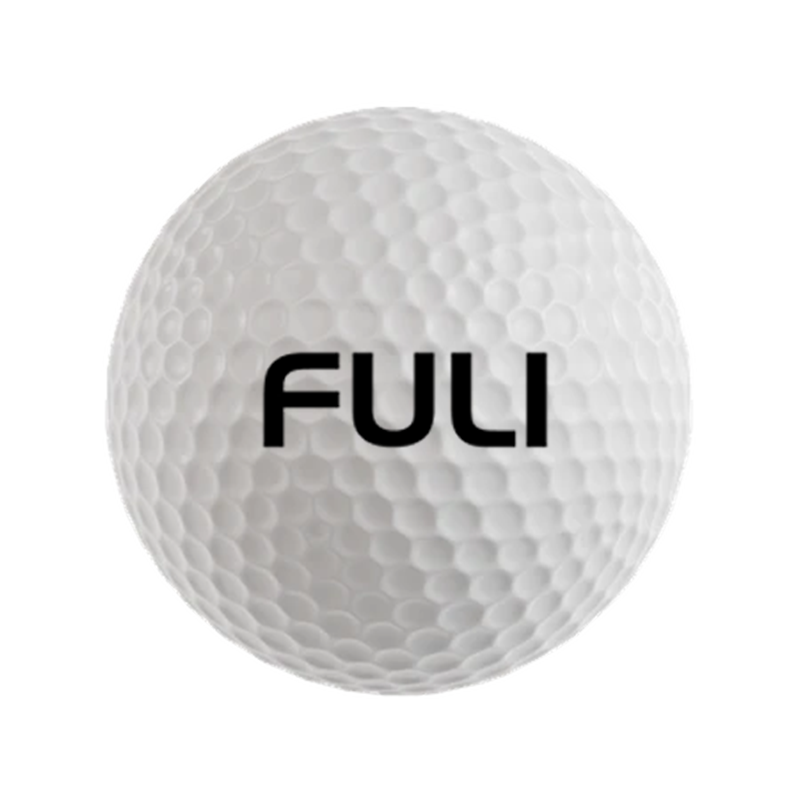
Are you looking for
GOLF BALL?
Offers Suitable Golf For Wholesalers And Professionals

